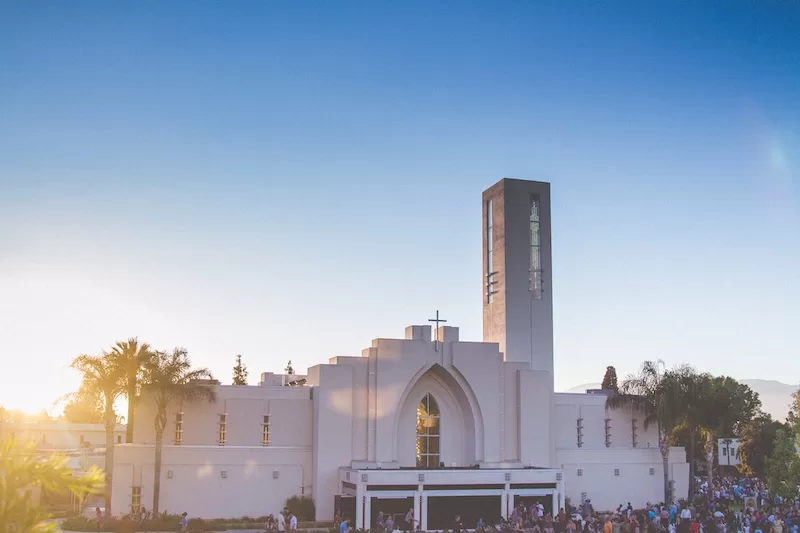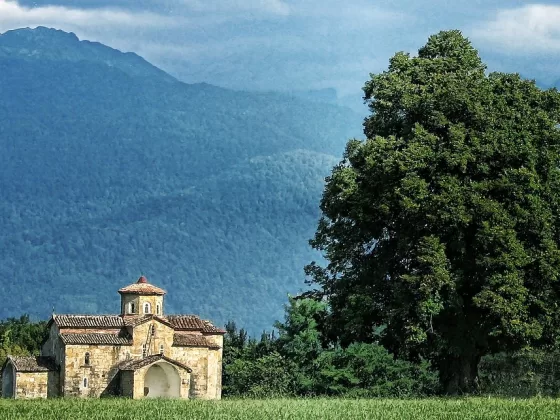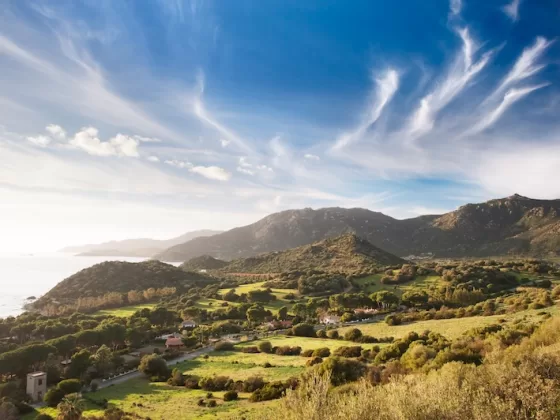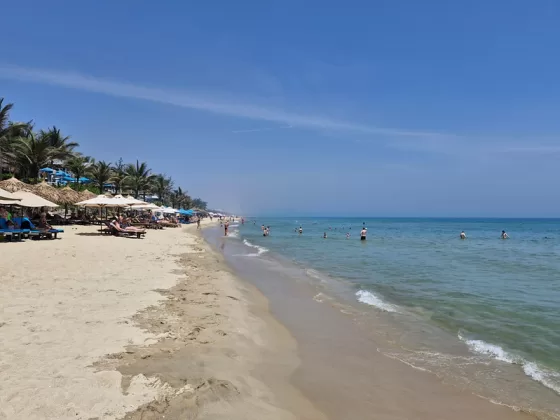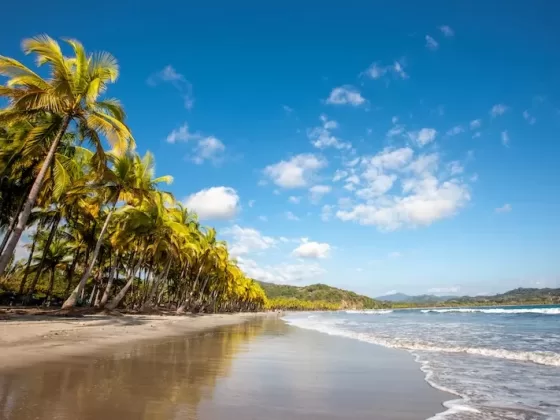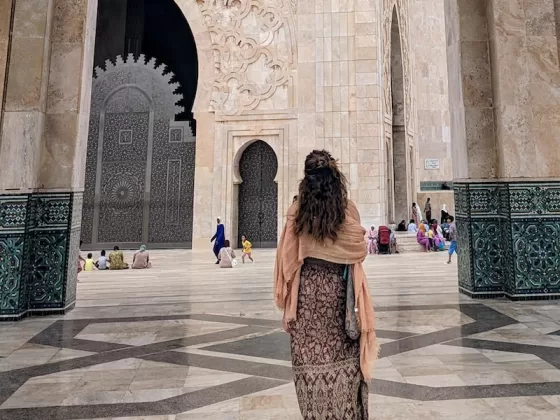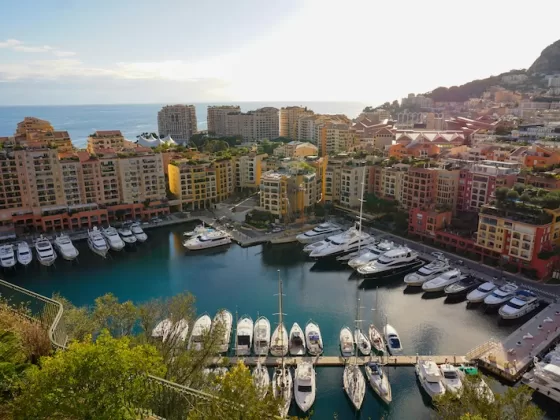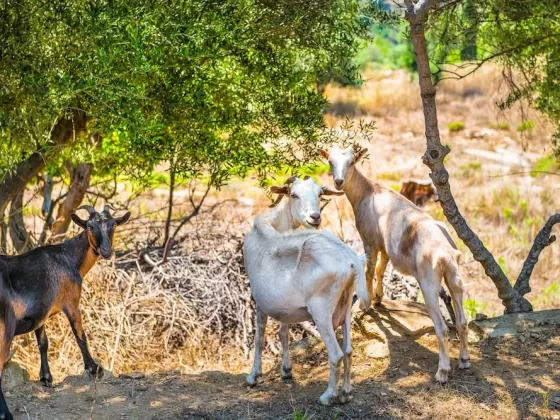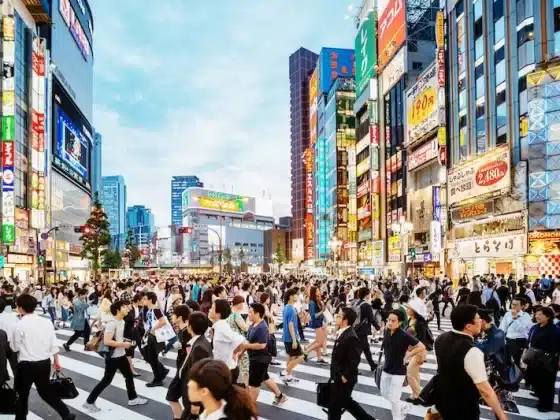In the hills east of Los Angeles lies a quiet anomaly in the American health landscape. Loma Linda, California—a modest city of approximately 24,000 residents in San Bernardino County—is the only region in the United States designated as a “Blue Zone,” a term coined by researchers to describe areas where people live significantly longer than average. While places like Okinawa, Japan, or Nicoya, Costa Rica, conjure images of tropical simplicity and age-old customs, Loma Linda stands apart: an inland city, not particularly remote or rustic, bordered by highways and shopping centers, and yet, home to some of the longest-living people in the country.
What sets Loma Linda apart? The answer lies in a unique blend of faith, food, community values, and institutional support—most notably from the Seventh-day Adventist Church, whose health doctrines and lifestyle choices permeate the city’s culture.
This is not a story of escape or reinvention. It is a study in discipline, consistency, and collective health choices that continue to yield one of the highest concentrations of centenarians in North America.
This is not a story of escape or reinvention. It is a study in discipline, consistency, and collective health choices.
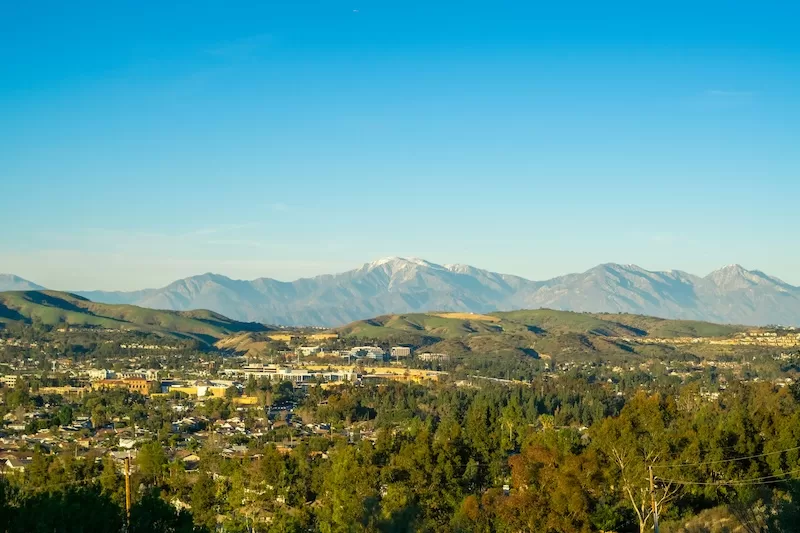
Faith as Framework
At the core of Loma Linda’s identity is the Seventh-day Adventist Church. Founded in the 19th century, the denomination emphasizes health and longevity as spiritual obligations. Many Adventists view the human body as a divine gift to be preserved, not only through prayer and scripture but through conscious lifestyle choices.
Adventists abstain from alcohol, tobacco, and caffeine. Many adopt a plant-based or vegetarian diet. Sabbath observance—on Saturdays, not Sundays—offers a full day of rest, reflection, and time spent with family and community. These aren’t occasional commitments; they are lifelong patterns woven into the rhythm of daily life.
The Adventist emphasis on health is not just metaphorical. The church has funded medical research, built hospitals, and fostered public health initiatives throughout the region. The Loma Linda University Medical Center is both a religious and scientific institution—bridging faith and empiricism in a way few American cities attempt, let alone achieve.
The Vegetarian Advantage
Diet plays a pivotal role in the longevity seen in Loma Linda. While not all residents are Adventists, the city’s dominant food culture leans heavily toward whole grains, legumes, nuts, and fruits. Meat consumption is limited, and in many cases, absent altogether. Studies published in journals such as JAMA and The American Journal of Clinical Nutrition have shown that Adventist vegetarians in Loma Linda live, on average, 7 to 10 years longer than the general U.S. population.
The dietary philosophy is both simple and practical: eat close to the earth. Foods are consumed as naturally as possible, with minimal processing. Soybeans, lentils, brown rice, and avocados are dietary staples. Even meals served in hospital cafeterias reflect these values, offering low-sodium, high-fiber options that mirror the meals found in private homes.
In a culture often marked by fast food and dietary confusion, Loma Linda stands out for its quiet consistency. Meals are not about indulgence or trend-following—they are about nourishment, longevity, and stewardship of the body.
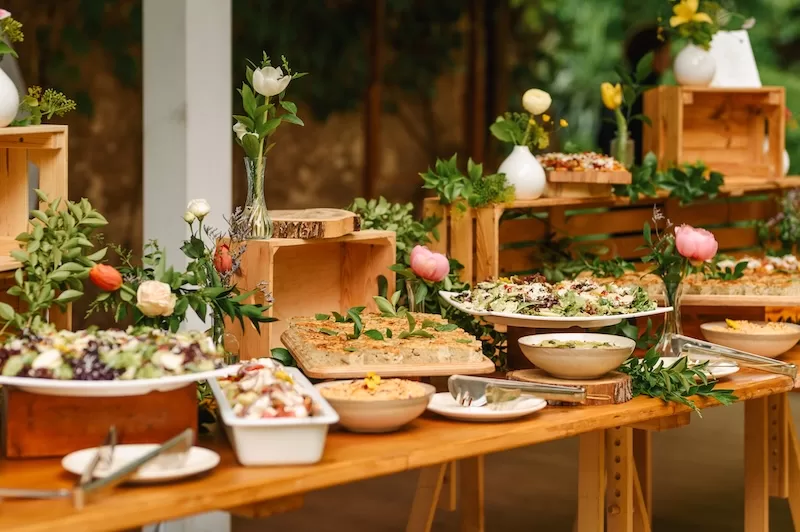
Social Architecture
One of the most consistent findings in Blue Zone research is the importance of social ties in promoting long life. Loma Linda exemplifies this. Families tend to be close-knit, often multigenerational, and bonded by both faith and shared lifestyle.
Community events—especially those tied to church life—serve as social glue. Weekly potlucks, volunteer programs, and Sabbath picnics provide not just food and fellowship, but continuity. These gatherings reinforce norms: moderation, generosity, compassion.
Research shows that social isolation is as detrimental to longevity as smoking. In Loma Linda, community is preventive medicine. The elderly are not marginalized; they are respected, included, and often serve as role models for the younger generation. Many of them remain active well into their 90s, teaching, gardening, and participating in community programs.
In Loma Linda, community is preventive medicine. The elderly are not marginalized; they are respected, included, and often serve as role models for the younger generation.
Healthcare as a Mission
Loma Linda is not merely a beneficiary of Adventist health philosophy—it is also a beacon for it. Loma Linda University Medical Center and the adjacent School of Public Health are internationally recognized institutions. These aren’t just hospitals and classrooms—they are manifestations of a deep-rooted belief that health is sacred.
The city has produced decades of peer-reviewed medical research, much of it focused on lifestyle medicine, preventive care, and the physiological impact of spiritual practices. Adventist doctors and scholars have contributed to broader debates on nutrition, ethics, and public health policy.
Unlike in many parts of the country where healthcare is a crisis or commodity, in Loma Linda it is a mission. Physicians are often members of the community they serve, and medical education is inseparable from spiritual and ethical inquiry.
The Role of Sabbath
Every week, from Friday sunset to Saturday sunset, Loma Linda slows down. Businesses close. Screens go dark. Families gather. The Adventist Sabbath is a 24-hour period of rest and spiritual rejuvenation. It is not a luxury or suggestion—it is central.
In a country obsessed with productivity, the idea of a mandated pause is radical. Yet it is precisely this break in the tempo that researchers believe contributes to lower stress levels and better cardiovascular health. Sabbath is a space for meditation, walking in nature, communal meals, and prayer.
This deliberate rhythm insulates residents from the overstimulation and chronic urgency that define much of American urban life. The result is a population that not only lives longer but lives more mindfully.
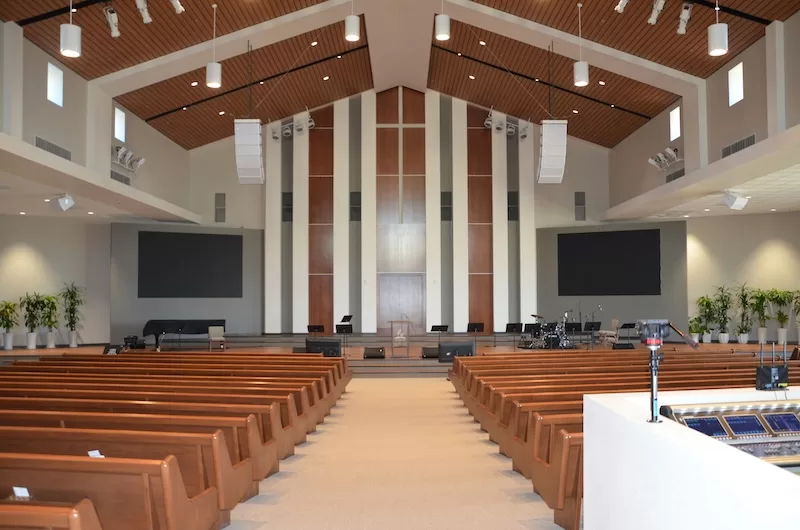
Environmental Design
Loma Linda’s physical environment also plays a role in its residents’ wellbeing. Streets are walkable. Public parks are clean and accessible. Air quality, while occasionally affected by regional fires, is generally better than in neighboring areas.
Gardening is a common pastime—not as a hobby but as an extension of the dietary ethos. Many homes have citrus trees, vegetable beds, and herbs growing in front yards. Bicycling is frequent. Outdoor exercise is routine. Residents aren’t striving to “get in shape”—they live in a way that sustains it by default.
Additionally, the city’s cultural resistance to consumerism and entertainment excess means that people spend less time shopping and more time engaging in meaningful activities.
Education and Early Habits
Loma Linda’s approach to longevity begins early. Children are educated not only in academics but in nutrition, ethics, and spiritual values. School lunches follow the same dietary principles as household meals. Physical activity is encouraged not through competitive sports alone but through hiking, cooperative games, and active play.
Young people grow up seeing aging not as decline but as dignity. The local culture doesn’t glorify youth; it honors wisdom. This instills not only respect for elders but aspiration: many children grow up wanting to live like their grandparents, not just outlive them.
Young people grow up seeing aging not as decline but as dignity. The local culture doesn’t glorify youth; it honors wisdom.
The Numbers Behind the Narrative
The statistics supporting Loma Linda’s Blue Zone status are striking. According to the Adventist Health Study, a multi-decade research initiative involving over 96,000 participants, Adventist men in the region live an average of 7.3 years longer than their non-Adventist peers; women, 4.4 years longer. These numbers persist across ethnic and economic boundaries.
Rates of cardiovascular disease, certain cancers, and diabetes are markedly lower than national averages. Depression and anxiety, while not absent, are less prevalent, attributed in part to lifestyle structure and community engagement.
What makes these findings particularly compelling is that they emerge from an American context. Loma Linda proves that systemic wellness is not geographically exclusive—it’s culturally constructed and behaviorally reinforced.
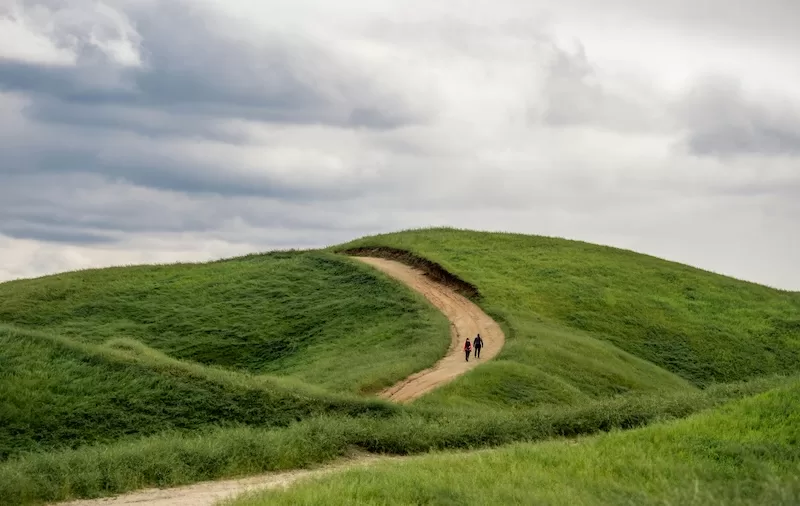
A Model or an Exception?
Can Loma Linda be replicated? That question looms large over Blue Zone research. Critics argue that the city’s unique religious and demographic profile makes it more of an exception than a model. Others contend that while the spiritual core may not be transferable, the behavioral choices are.
What Loma Linda offers is not a blueprint in the commercial sense, but a template for how values can shape systems. It shows what happens when community cohesion, health literacy, environmental design, and personal habits align toward a common purpose.
The city’s longevity is not owed to one miracle food or exercise routine—it is a cumulative outcome of intentional living.
A Different Kind of Wellness
Loma Linda does not offer escape. It offers structure. It is not fueled by wanderlust, but by devotion. Its residents don’t chase life—they protect it. In doing so, they have created a rare urban ecosystem where longevity is not a medical mystery, but a logical outcome of daily life.
In a nation grappling with chronic illness, burnout, and fragmentation, Loma Linda’s quiet clarity may be its most revolutionary quality.
Whether or not one shares the Adventist faith, the lessons from this small Californian city transcend doctrine. They invite a reconsideration of what it means to be healthy—and more importantly, what it means to live well.
Loma Linda is not fueled by wanderlust, but by devotion. Its residents don’t chase life—they protect it.
————————
J.F is an experienced researcher and editor writing under pseudonym for Escape Artist on themes of health, culture, and place.
